Royal Raindrops Crabapples – Learn About Growing A Royal Raindrops Tree
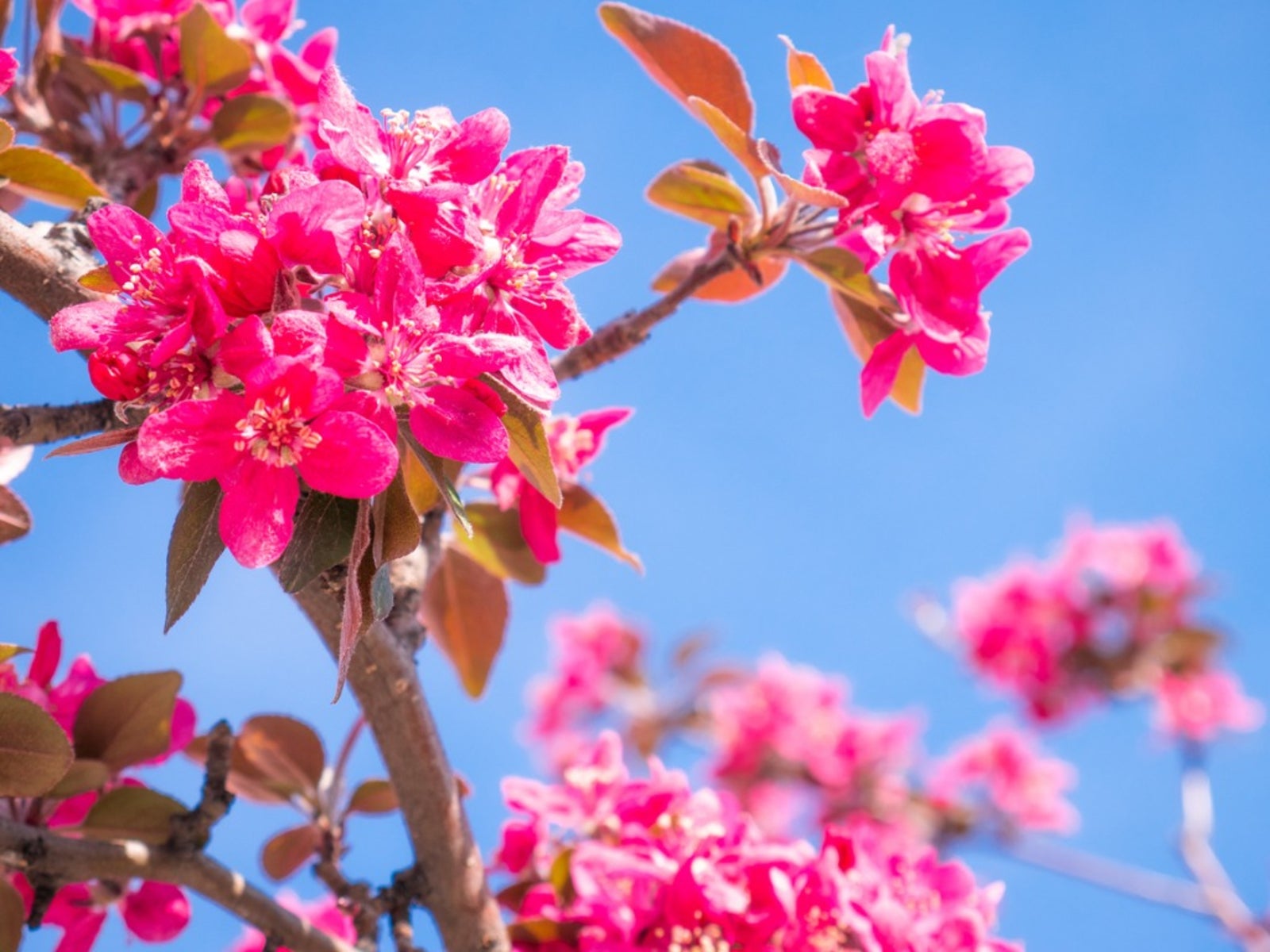

Royal Raindrops flowering crabapple is a newer crabapple variety with bold pinkish red flowers in spring. The blooms are followed by tiny, reddish purple fruits that provide food for birds well into winter. The dark green leaves turn a bright coppery red in autumn. Interested in growing a royal raindrops tree in your garden? Read on for more information.
Growing Royal Raindrops Crabapples
Crabapple ‘Royal Raindrops’ (Malus transitoria 'JFS-KW5' or Malus JFS-KW5 ‘Royal Raindrops’) is a newer crabapple variety valued for its tolerance to heat and drought and excellent disease resistance. Royal Raindrops flowering crabapple is suitable for growing in USDA plant hardiness zones 4 through 8. Mature trees reach a height of up to 20 feet. (6 m.). Plant this flowering crabapple tree anytime between the last frost in spring and about three weeks before the first hard frost in fall. Crabapple ‘Royal Raindrops’ are adaptable to nearly any type of well-drained soil, but acidic soil with a pH of 5.0 to 6.5 is preferable. Be sure the tree is sited where it receives full sunlight.
Royal Raindrops Crabapple Care
Water Royal Raindrops regularly during the first few years to establish a healthy root system; thereafter, an occasional deep watering is sufficient. Beware of watering excessively, which may cause root rot. The tree may need additional water during hot, dry weather. Although crabapple trees are drought tolerant, lack of water will affect next year’s flowering and fruit. Feed the tree with a balanced, general-purpose fertilizer before new growth emerges in late winter or early spring, beginning the year following planting. Spread a 2 inch (5 cm.) layer of mulch around the tree to keep the soil moist and reduce evaporation. Keep lawn grass away from the base of the tree; the grass will compete with the tree for water and nutrients. Prune Royal Raindrops flowering crabapple after flowering in spring if needed to remove dead or damaged wood or branches that rub or cross other branches. Remove root suckers at the base of the tree as soon as they appear.
Gardening tips, videos, info and more delivered right to your inbox!
Sign up for the Gardening Know How newsletter today and receive a free copy of our e-book "How to Grow Delicious Tomatoes".

A Credentialed Garden Writer, Mary H. Dyer was with Gardening Know How in the very beginning, publishing articles as early as 2007.
-
 Looking For Plants To Give You The Soft And Fuzzies? Try These 5 Fuzzy Leaf Plant Options
Looking For Plants To Give You The Soft And Fuzzies? Try These 5 Fuzzy Leaf Plant OptionsLovers of texture, drama, silver foliage and tactile plants will adore these special sensory garden additions. These fuzzy leaf plant options will leave you all aglow
By Susan Albert
-
 Get Ready For A Summer Of Hummers! Grow These Full Sun Hummingbird Plants and Flowers
Get Ready For A Summer Of Hummers! Grow These Full Sun Hummingbird Plants and FlowersIf you’re lucky enough to enjoy a sunny backyard, make sure you are maxing out on your pollinator opportunities and grow these full sun hummingbird plants and flowers
By Tonya Barnett
-
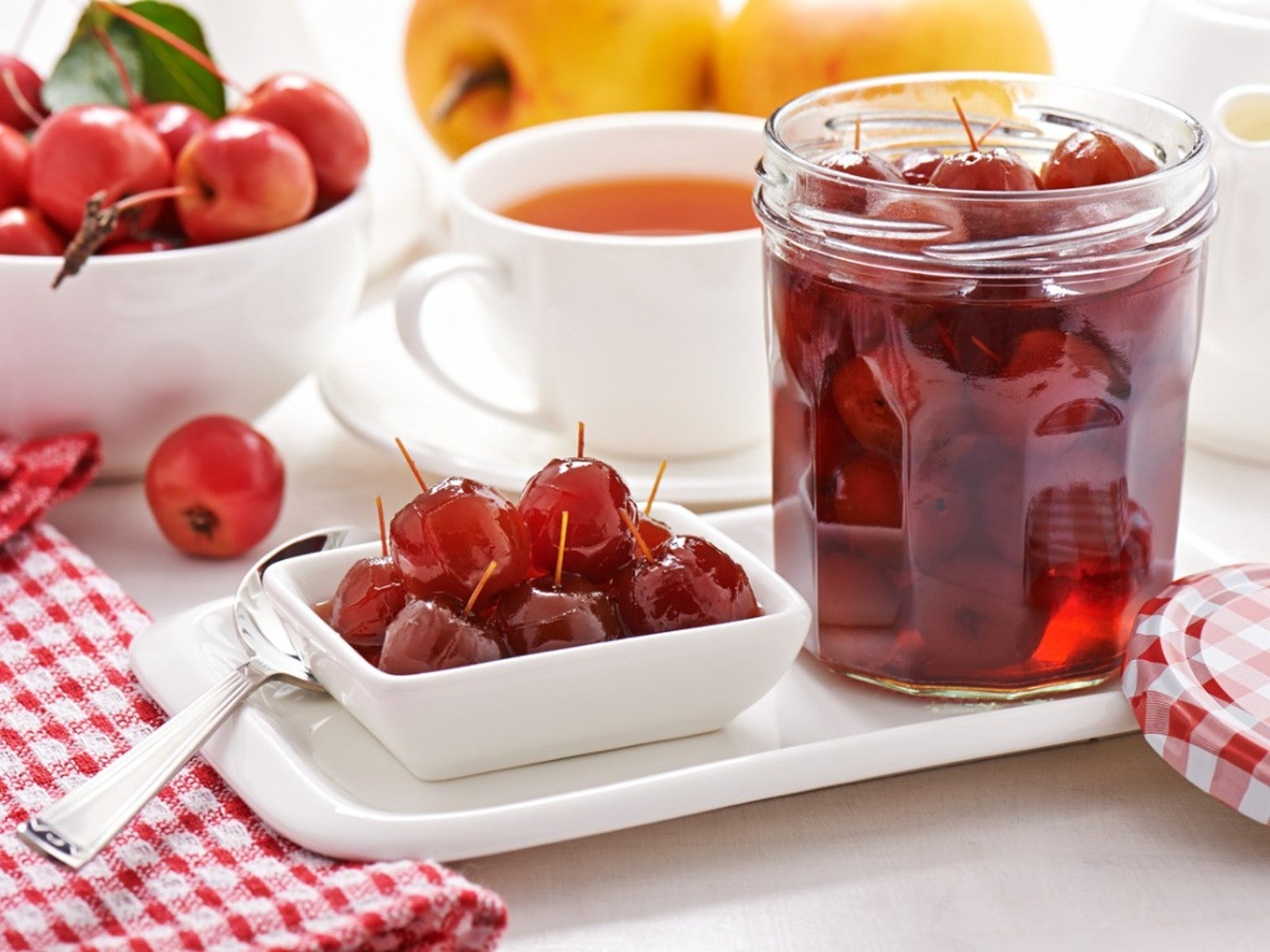 Crabapples Recipe Ideas To Add To Your Thanksgiving Menu
Crabapples Recipe Ideas To Add To Your Thanksgiving MenuCrabapple preserves make a delightfully tart treat. Learn here how to make a simple crabapple jelly.
By Bonnie L. Grant
-
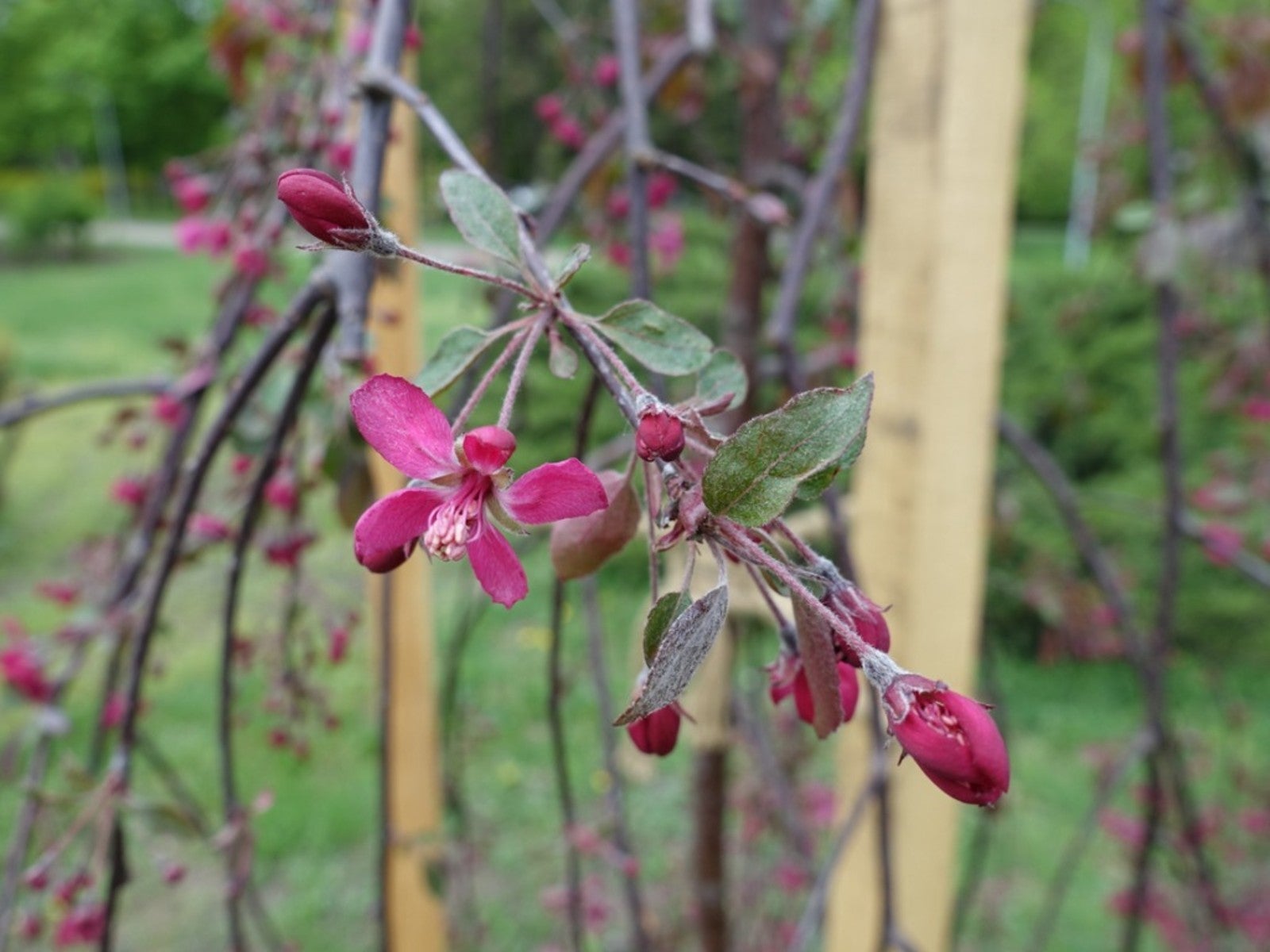 Weeping Crabapple Pruning – Tips For Trimming A Weeping Crabapple
Weeping Crabapple Pruning – Tips For Trimming A Weeping CrabappleTrimming a weeping crabapple is essential to keeping it healthy and blooming. If you are wondering how to prune a weeping crabapple, read on for info and tips.
By Teo Spengler
-
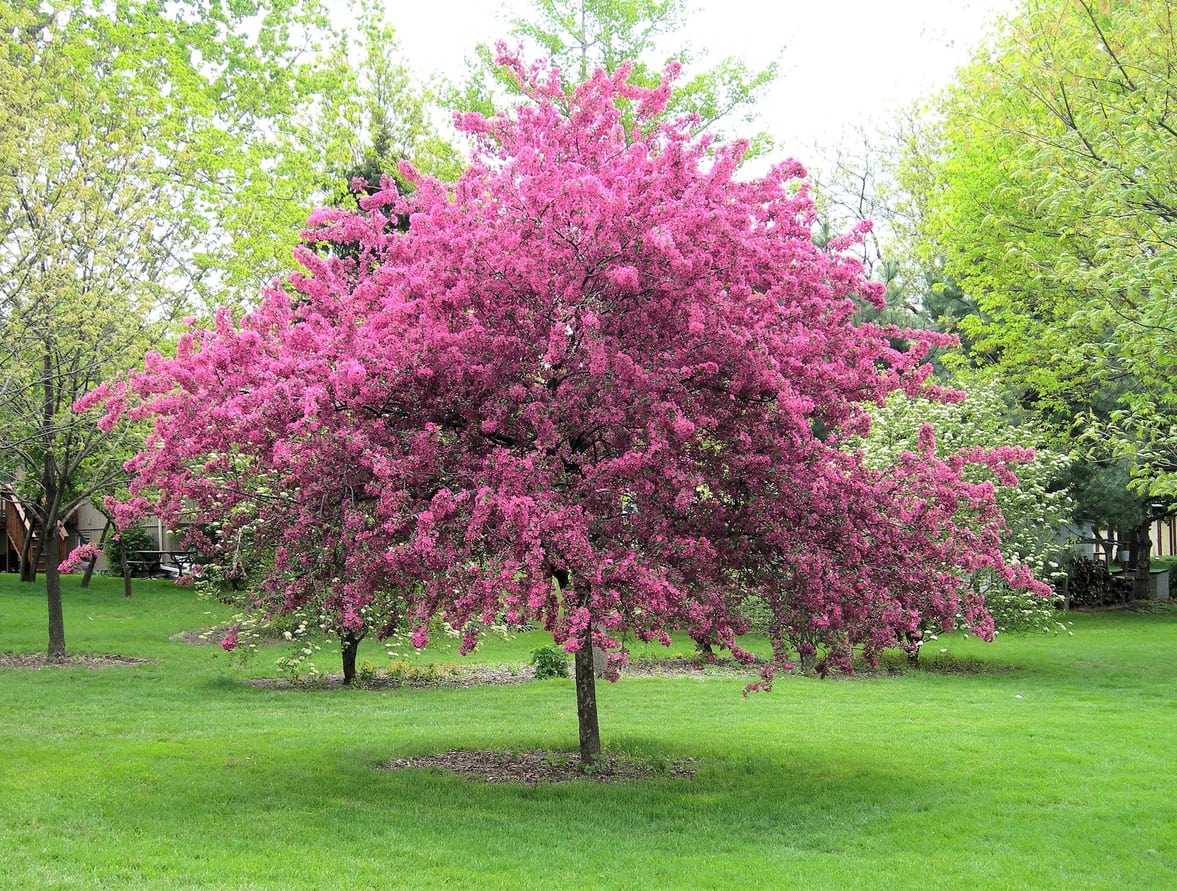 Crabapple Feeding Requirements: Learn How To Fertilize A Crabapple Tree
Crabapple Feeding Requirements: Learn How To Fertilize A Crabapple TreeFlowering crabapple is a popular ornamental tree that many people choose for landscaping for the attractive shape, spring flowers, and low-maintenance needs. Despite its hands-off nature, feeding a crabapple may be necessary to promote growth and health. Learn more here.
By Mary Ellen Ellis
-
Ralph Shay Crabapple Care: Growing A Ralph Shay Crabapple Tree
Ralph Shay crabapple trees are mid-sized trees with dark green leaves and an attractive rounded shape. These crabapples are on the large side and are suitable for growing in USDA plant hardiness zones 4 through 8. Click this article to learn more about them.
By Mary H. Dyer
-
Adams Crabapple As A Pollinizer: Tips For Growing An Adams Crabapple Tree
Beautiful the tree may be, but there is another important reason for growing an Adams crabapple; it is a great choice for pollinating other varieties of apple. Click here to find out how to grow an Adams crabapple and information about Adams crabapple care.
By Amy Grant
-
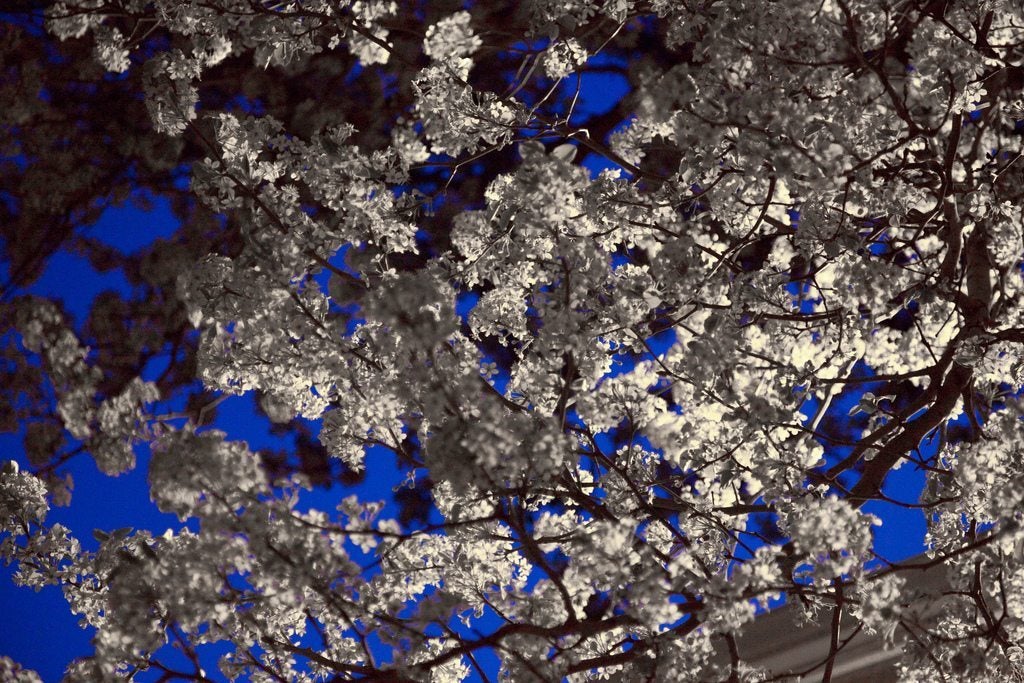 Spring Snow Crabapple Care: How To Grow A Spring Snow Crabapple Tree
Spring Snow Crabapple Care: How To Grow A Spring Snow Crabapple TreeIf you are looking for a fruitless crabapple tree, you might want to think about growing "Spring Snow" crabapples. Click on the article that follows for tips on how to grow a "Spring Snow" crabapple and other information.
By Teo Spengler
-
Camzam Apple Info: Learn About Camelot Crabapple Trees
Even if you lack a large garden space, you can still grow one of the many dwarf fruit trees such as the Camelot crabapple tree. Find out how to grow a Camelot crabapple and other Camzam apple info related to Camelot crabapple care in this article.
By Amy Grant
-
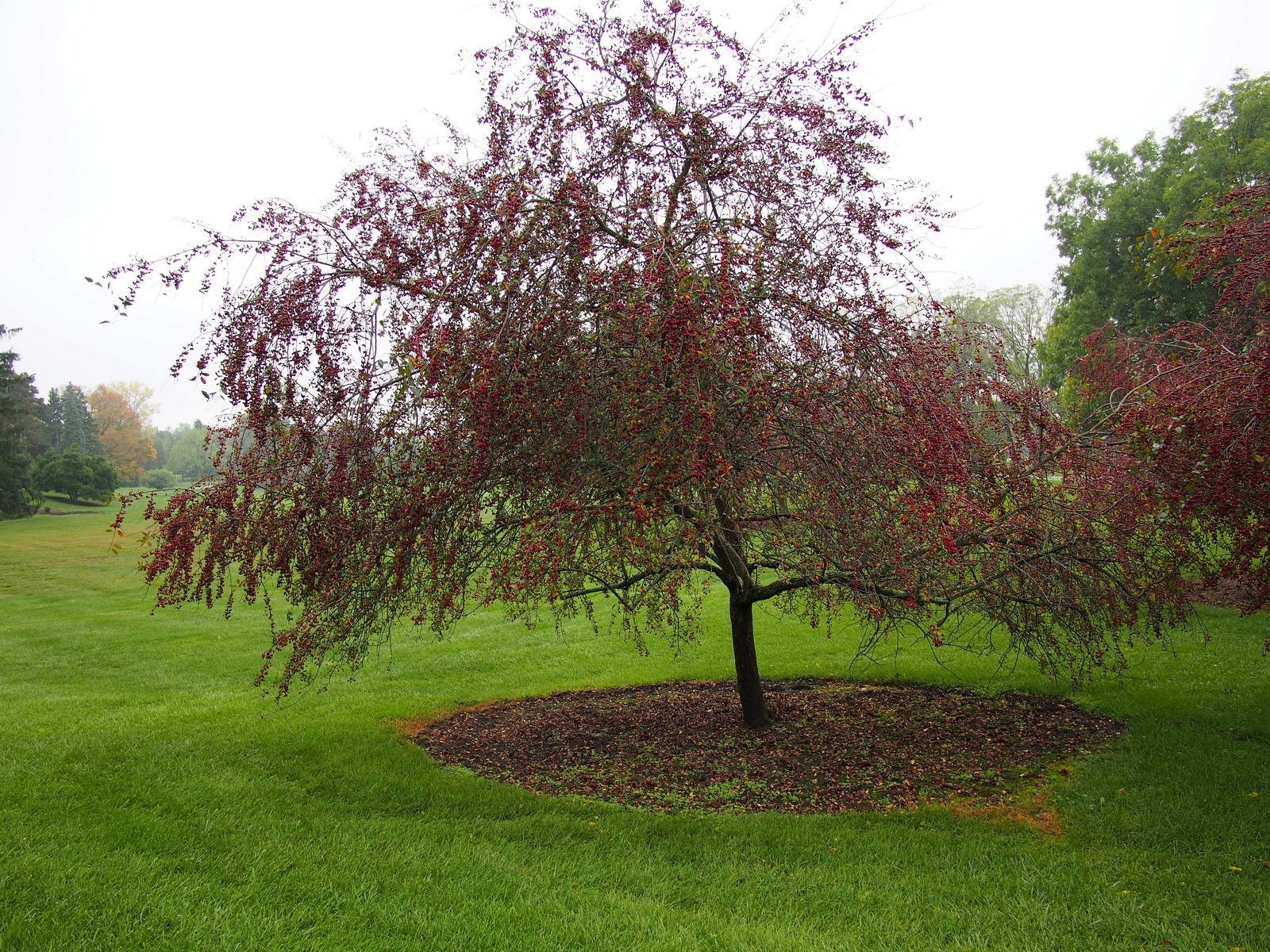 Prairifire Crabapple Information : Learn About Growing Prairifire Trees
Prairifire Crabapple Information : Learn About Growing Prairifire TreesPrairifire is a flowering crabapple with high disease resistance, ease of care and several seasons of beauty. The tree is outstanding as an ornamental specimen in the landscape and the fruits of the tree are important food for wild animals and birds. Learn more here.
By Bonnie L. Grant